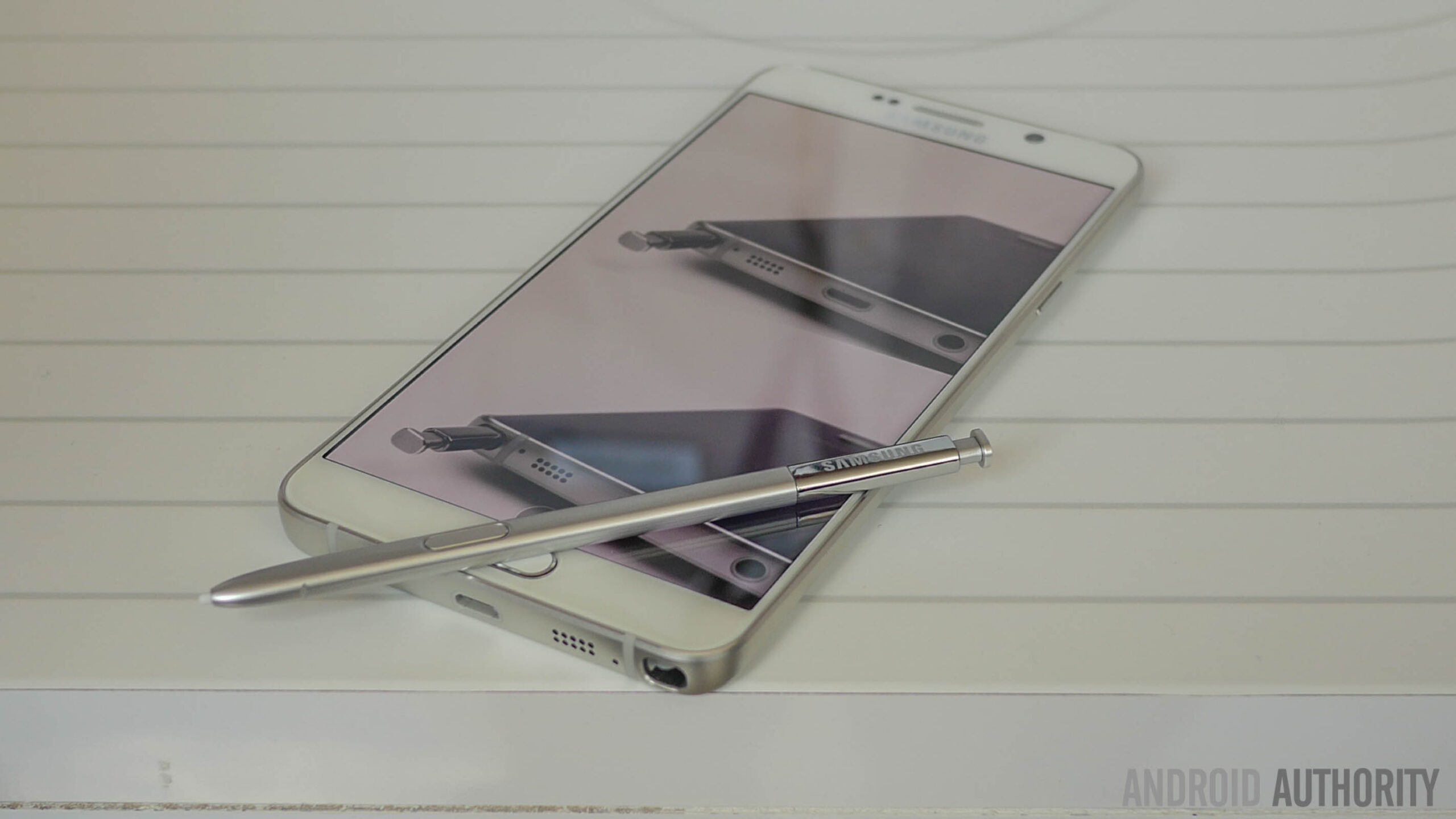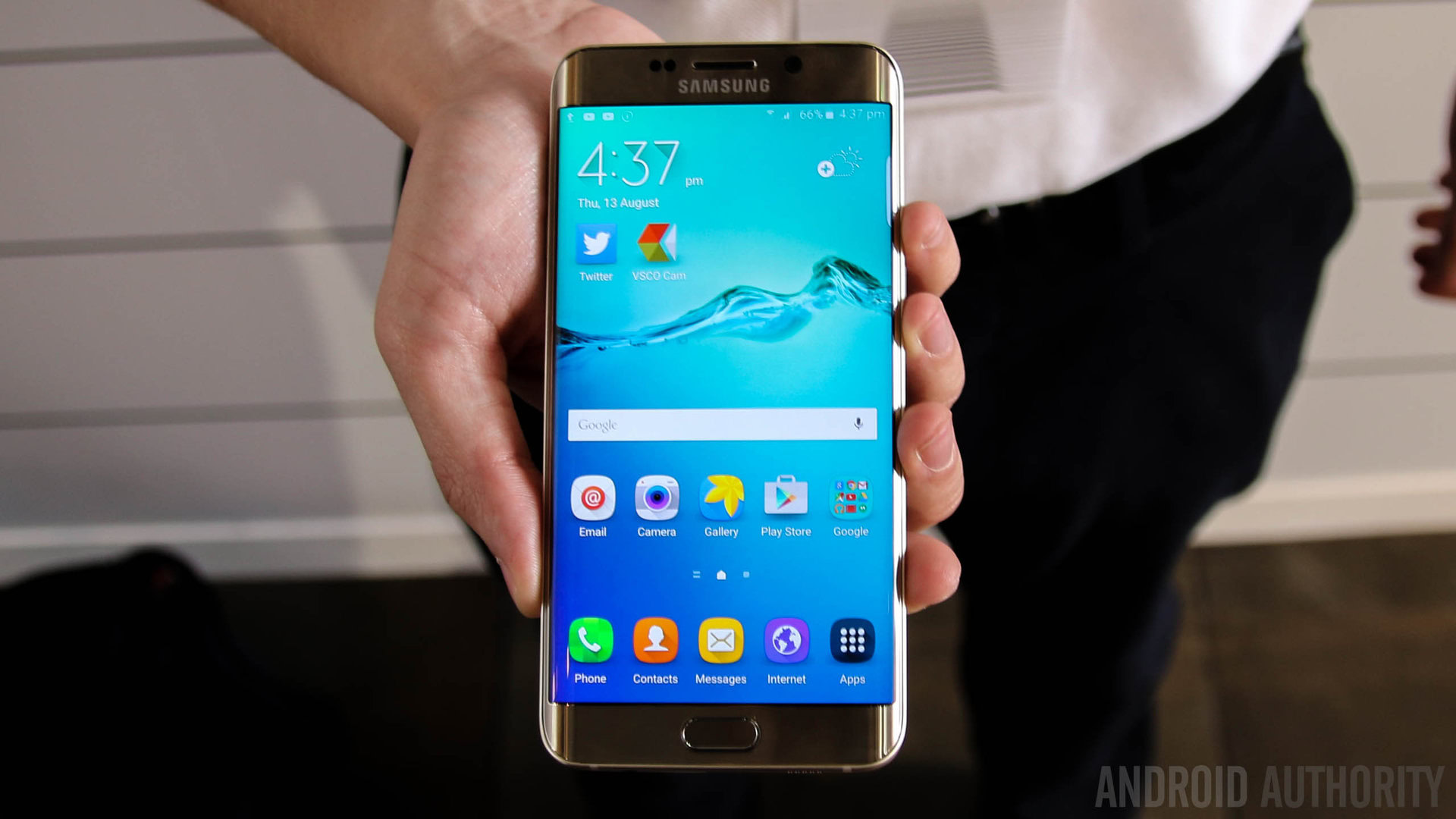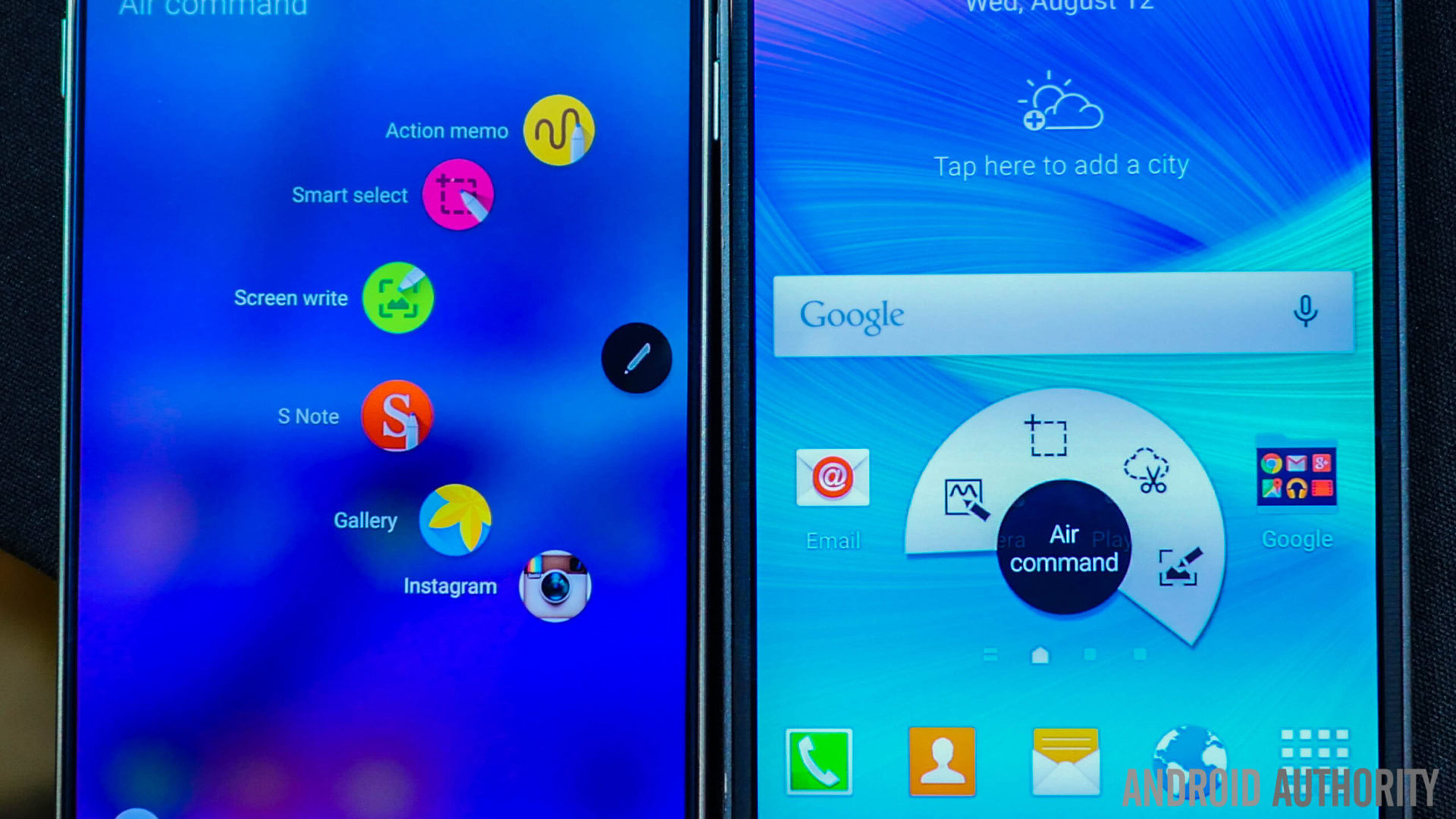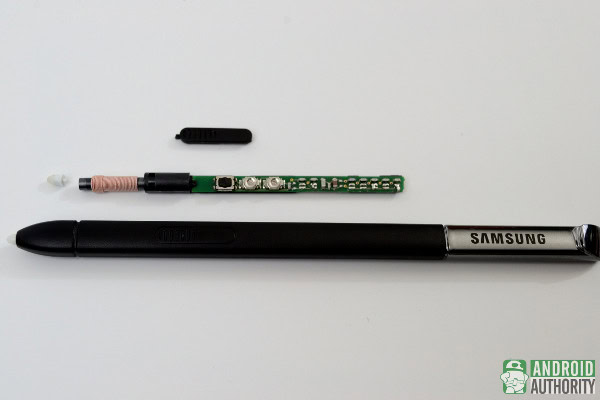Affiliate links on Android Authority may earn us a commission. Learn more.
Noteworthy: Is it time for Samsung to make a Galaxy Note...Mini?

Since its inception, the Samsung Galaxy Note series has always been about one thing: big screen productivity. The device gave birth to the whole phablet genre and revived the hallowed stylus for modern times. And yet. Each installment has always held true to a stubborn staples, namely size increments of at least 5.5 inches or greater. To this day, nine models exist: 5 phablets and 4 tablets. To this day, no one has ever contested that size isn’t everything, even if the pen is mightier than the sword.
What I am about to propose is mind-boggling. It’s so outlandish that it just might seem logical. And in truth, it is. The claim to fame? It’s time that Samsung unveils the Galaxy Note…Mini.
If mainstream can go big, why can’t niche go small?
For years now, Samsung has built its key brands on a simple yet effective premise: the Galaxy S series is comprised of mainstream, “standard-sized” products. The premiere flagship is the standard “S” release. As the industry screen size average began to increase (which was largely Samsung’s doing) a more portable variant was introduced, starting with the Galaxy S3 Mini. By the time the Galaxy S5 hit last year, we had the Active line, which offered better support for more rugged use. In some cases, the specs were altered, however Samsung still opted for the S naming nomenclature instead of using a different letter.

This year, we have the Galaxy S6 Edge+. The device, which has polarized some of us, is a large Galaxy S6 Edge. Absolutely nothing more, and nothing less, especially now that its sole unique feature has been ported to the smaller size option. Samsung had never felt the need to make a large non-Note flagship before, yet so convinced this is what customers want, it has actually, deliberately, chosen to deny Europe the opportunity to buy the Galaxy Note 5.
If Samsung has decreed that the Galaxy S can go big for no reason other than because there isn’t a big Galaxy S, by that very same logic the Galaxy Note should go small for no reason other than because there isn’t a small Galaxy Note.
Logic…and lots of it
While the equation I’ve just created might seem almost comical, in truth the idea at hand is quite logical. Consider for a second, that stylus-based devices had originally been significantly smaller than the products we’re using today. Some 20 years ago, long before smartphones were even a possibility, we had PDAs. These devices, Personal Digital Assistants, were basically digital organizers that came with some media functionality, perhaps more depending on the OEM that produced it. These devices were also one of the most mainstream products to feature a stylus, as in dealing with screens that were smaller than kids these days can even imagine, users needed a small tool to poke away at the resistive touch screens.
[related_videos title=”Galaxy Note 5 and Galaxy S6 Edge+” align=”center” type=”custom” videos=”634294,634226,634296,634295,634225″]
Samsung had tried to justify the return of the stylus -reimagined as the Wacom-powered S-Pen- by offering it with a large screen smartphone, but there isn’t any reason it couldn’t include one on a smaller form factor. Indeed for any number of people, even 5 inches is still a gigantic display size to deal with. These potential customers, who may actually be interested in the idea of the Note, will never actually buy one simply because they either can’t operate such a large device, or else they simply don’t want to. There is, as a result, a potential market of untapped cash to capitulate.
Aside from the LG Vu series, no other mainstream legacy OEM has come forth with a “small” Note-type device. Even LG itself arguably struck out given that the Vu, or Intuition as it was known in the USA, opted for a 4:3 aspect ratio that while easier to write on, was not appealing to customers long since acclimated to widescreen. Again, Samsung can thereby be first again with the Note series, and actually make consumers rethink the product line itself, something that at the very least, will generate buzz.
The software side

Now I know what you’re thinking at this point. “The contention is stupid. This post is pointless.” The basis? Inevitably some of it will have to do with software. Samsung has, since the beginning, made the Note series all about productivity. And who could possibly be productive on a small device. Putting aside the entire PDA genre mentioned, a genre that lasted for about a decade for reference, there is a valid point to be made for software. One of the Galaxy Note series staples is its multitasking ability: split screens and pop-up apps.
And yet, has anyone stopped to realize that basically all of Samsung’s products do this now? While some of the more budget-friendly variants lack the horsepower needed to run simultaneous split-screen applications, the Galaxy S flagships most certainly have Multitasking now. And notice what reviewers typically point out with regards to it: “While it has multitasking we don’t know why you would want to use it on such a small screen.” Perhaps you might not know why, but clearly Samsung feels someone will want to use it.
The Galaxy Note Mini will never appeal to those with phabletitis, but then again it's not meant to.
If the Galaxy S6 supports multitasking, and has all the horsepower and RAM technically needed to run the Galaxy Note SDK (consider the Note 4 also had 3GB of RAM) then there is no reason it couldn’t. And really, no reason it shouldn’t. Would Galaxy Note users be smitten with this idea? No, but then again this proposed product isn’t meant to target those customers in the first place.
A chance to shine

Despite everything said so far, there is one caveat that needs to be addressed: typically OEMs equate small sizes with smaller specs. The aforementioned Galaxy S Mini series for example, has managed to clone the body of its big brother, but it’s what inside that counts. A Galaxy Note Mini could very well be Samsung’s chance to not only break ties with all its existing definition of “small” but also offer up a true power-packed product that goes head-to-head with the larger form factor.
Consider for a moment, that last year’s Xperia Z3 Compact was thoroughly praised because Sony actually did something different. Rather than make a middling product that simply had a nice camera, it was small in size only, yet spectacular when it came to specs. This is but an exception though, and not a rule, and Samsung would again be in a winning position for offering consumers looking for smaller devices that pack a punch.
Of course, given the presence of the Galaxy S series, this might mean the Note Mini would need to be even smaller, although it could just as well come in at around the 5-inch mark (or thereabouts) and still be considered relatively petite.
Plan B: sell the S-Pen
Perhaps my idea should be expanded to an even larger one: rather than make a Galaxy Note Mini, perhaps what Samsung should actually do, is make its S-Pen compatible with the Galaxy S line on the whole. Not only would this potentially spike the demand for the S-Pen, but it could actually charge a nominal fee to customers to download the “Note Suite for S” or else build it into the cost of the “S-Pen for Galaxy S.” This would immediately allow customers who want extra productivity options to get such from Samsung. This would also allow Samsung to have another edge over its competitors, at least for the time being, and it would allow for such with basically no real R&D costs whatsoever.

Consider, for example, that the low-end Galaxy Tab A actually has a variant that comes with the S-Pen. The tablet, which is really equivalent to the Galaxy E series of smartphones, is able to run the Galaxy Note software suite without any real problems, and it has but 2GB of RAM. The problem has never been one of specs really, just Samsung’s decision to limit the form factor to which it’s compatible.
This idea would also work wonders on those who feel the Galaxy S6 Edge+ has wasted the opportunity to put the extra screen real estate to good use, and it would immediately calm down -at least to some degree- those who feel slighted their country isn’t deemed “worthy” to get the Galaxy Note 5 this year. In fact, it would actually negate the existence of the Galaxy Note series as a whole, a crusade that some critics are accusing Samsung of having begun with last year’s Note 4.
A Mini for the rest of us

While the Galaxy Note Mini will never manage to capture the hearts and wallets of those afflicted by phabletitis, it would provide for an entirely new market for Samsung to market to. Provided the screen was around 5 inches or so, it wouldn’t even be that obscene to imagine. Granted a larger prospect will always have an advantage in terms of productivity, but not all hands are created equally. Furthermore, the ability to sell a Galaxy Note Mini at a lower price range, perhaps add in extra accessories or options, and Samsung could conceivably have a win up its sleeve.
What do you think? Would the idea of a Galaxy Note Mini sell? Do you know anyone who might want it? Should it have flagship specs or something less? Leave us your comments below!